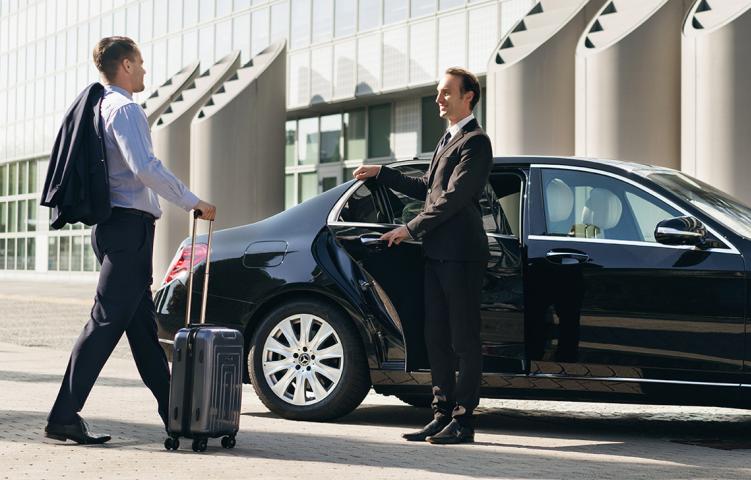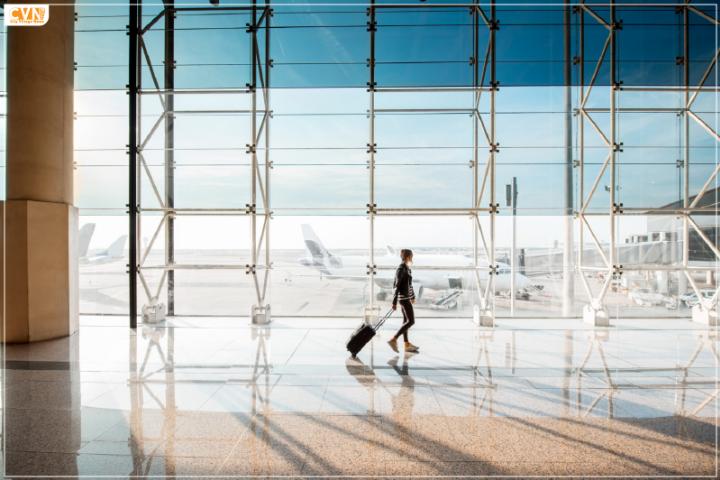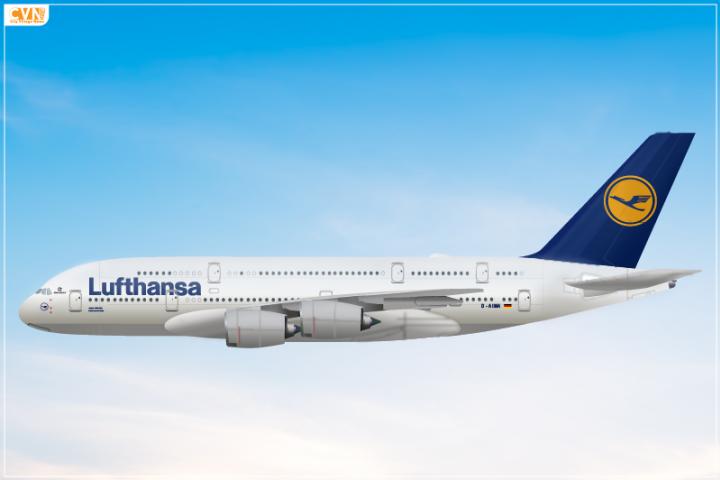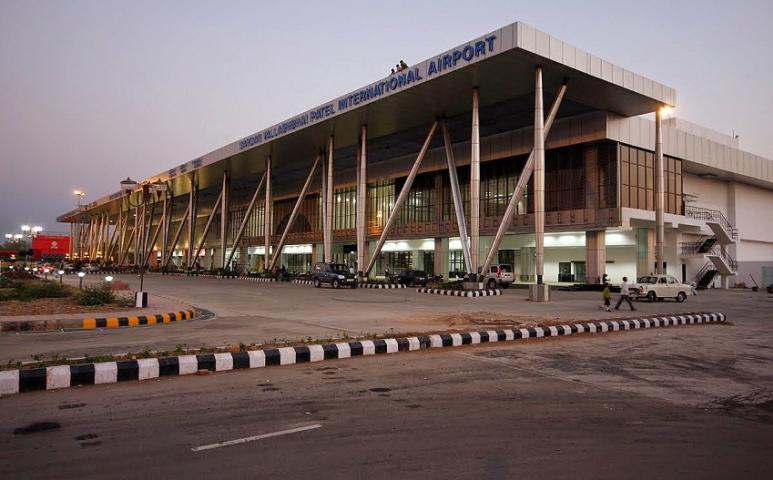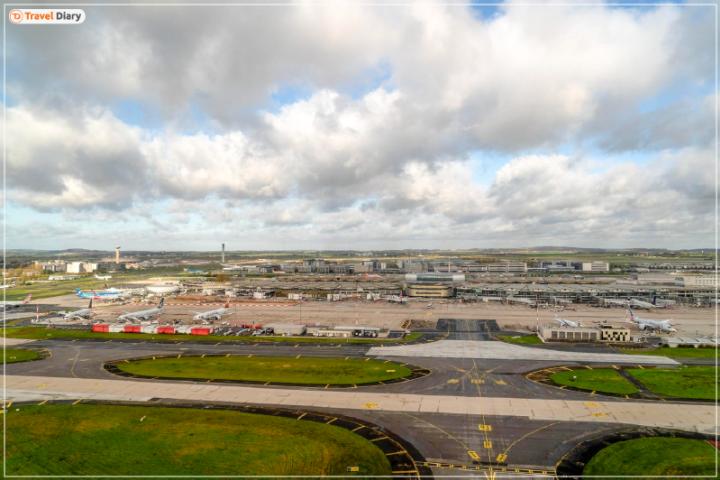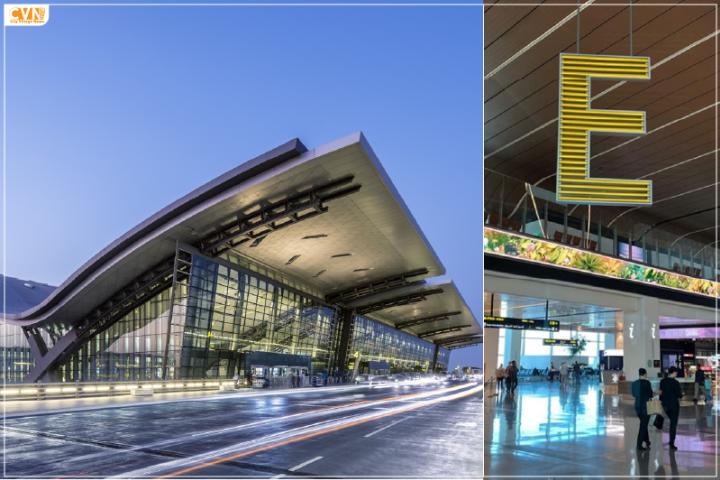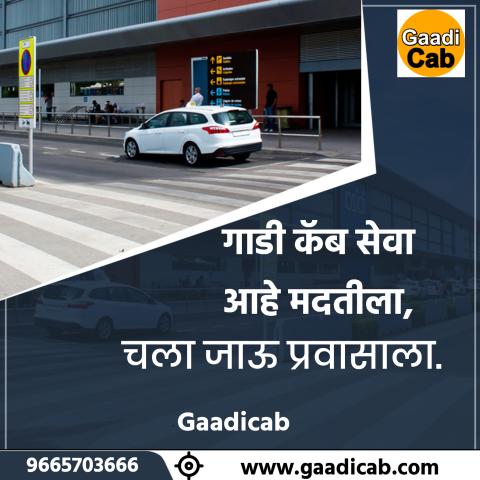Oxford, known for its rich history, prestigious universities, and vibrant cultural scene, is a city with diverse transportation needs. The demand for transportation in Oxford is influenced by a variety of factors including its large student population, significant number of tourists, daily commuters, and local residents. This demand is met through a well-developed transportation network comprising public transport, private vehicles, cycling, walking, and taxi services.
1. Public Transport
Buses: Buses are a primary mode of public transportation in Oxford, catering to both local and intercity travel. The Oxford Bus Company and Stagecoach are the main operators, providing extensive coverage across the city and to surrounding areas. The demand for bus services is high due to the convenience they offer, especially for students and residents without private vehicles. The introduction of contactless payments and mobile apps has further increased the ease of using bus services, contributing to sustained demand.
Park and Ride: Oxford’s Park and Ride system is one of the most well-known in the UK. It is designed to reduce traffic congestion in the city center by encouraging commuters and visitors to park on the outskirts and take a bus into the city. The demand for this service is strong, particularly among tourists and daily commuters, as it provides a cost-effective and environmentally friendly alternative to driving directly into the city.
Trains: Oxford Railway Station is a major hub for rail transport, connecting the city to London, Birmingham, Manchester, and other key cities. The demand for train services is high, especially among business travelers, students, and commuters working in London who prefer the speed and convenience of rail over other modes of transport. The station also serves as a gateway for international travel, with connections to major airports.
2. Cycling and Walking
Oxford is known as a cycling-friendly city, with a significant portion of the population using bicycles for their daily commute. The city’s relatively flat terrain, along with dedicated cycling lanes and parking facilities, encourages cycling as a popular mode of transportation. The demand for cycling is particularly high among students and environmentally conscious residents. The local government’s ongoing initiatives to promote cycling, such as the Oxford Cycle City project, aim to further increase this demand by improving cycling infrastructure.
Walking is another common mode of transport in Oxford, especially in the city center where many destinations are within close proximity. The compact nature of the city and its numerous pedestrian-friendly areas make walking a convenient and preferred option for short trips.
3. Private Vehicles
While public transportation and cycling are popular, the demand for private vehicles remains significant in Oxford, particularly among residents living in suburban areas or those needing to travel outside the city. However, the city’s efforts to reduce traffic congestion and promote sustainable transportation have led to policies that discourage the use of private cars in the city center, such as limited parking spaces and congestion charges.
Car-sharing services like Zipcar and local car clubs are also gaining popularity, offering a flexible alternative to owning a vehicle, especially for those who need a car occasionally. These services contribute to reducing the overall number of vehicles on the road, helping to manage demand and reduce environmental impact.
4. Taxi and Ride-Hailing Services
The demand for taxi and ride-hailing services like Uber is robust in Oxford, driven by the city’s large student population, tourists, and residents. Taxis are frequently used for short trips within the city, late-night travel, and airport transfers. The convenience of booking a ride via apps has increased the accessibility of these services, making them a preferred choice for many.
Airport taxis, in particular, are in high demand due to Oxford’s proximity to major airports like Heathrow and Gatwick. These services are popular among international students, business travelers, and tourists who require reliable and direct transportation to and from the airport.
5. Demand Trends and Future Outlook
Several trends are shaping the future of transportation demand in Oxford:
Sustainability Initiatives: There is a growing emphasis on sustainable transportation, with the city promoting the use of public transport, cycling, and walking. These efforts are likely to influence future demand, potentially reducing reliance on private vehicles.
Smart Transportation: The introduction of smart transportation solutions, such as real-time traffic management and integrated public transport systems, is expected to improve the efficiency and appeal of public transport, further increasing demand.
Population Growth: As Oxford continues to grow, both in terms of population and tourism, the overall demand for transportation will likely increase. This growth will necessitate further investment in infrastructure and services to meet the rising demand.
COVID-19 Impact: The pandemic has influenced transportation demand, with shifts towards more flexible working arrangements and increased reliance on local travel. While demand for public transport may have fluctuated, the need for safe and reliable transportation options remains strong.
Conclusion
Transportation demand in Oxford is multifaceted, driven by a combination of local residents, students, commuters, and tourists. The city's well-established public transport system, cycling infrastructure, and accessibility of taxis and ride-hailing services cater to this diverse demand. As Oxford continues to evolve, so too will its transportation needs, with sustainability and smart solutions playing a central role in shaping the future of how people move around the city.
Created by: Zac Efron
